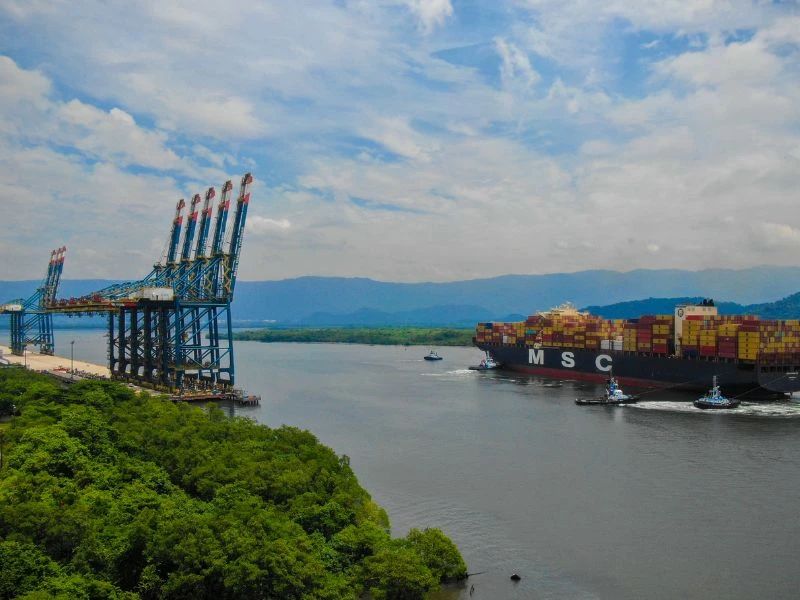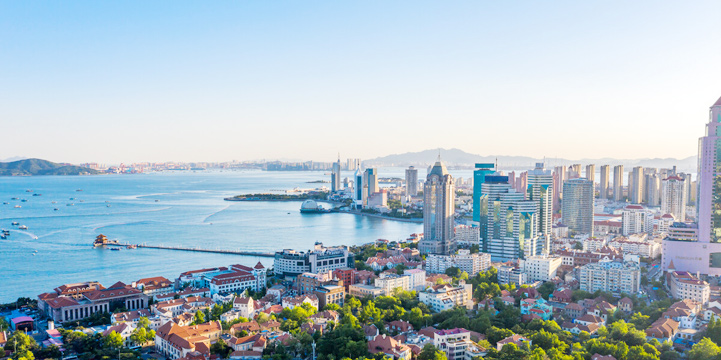
In 2025, the port of Santos in Brazil kicked off the year with a strong start, with container throughput rising for the third consecutive month. Data from March shows that the port processed 460,000 TEUs (twenty-foot equivalent units) of containers in that month, a 1.2% increase compared to the same period last year, setting a historical high. This momentum drove the total throughput in the first quarter to surpass 1.3 million TEUs, a 6.9% year-on-year increase, breaking previous records for first-quarter performance.
As the largest port in South America, the cargo structure of Santos Port highlights the characteristics of Brazil's resource-based economy:
Leading in agricultural products: Soybean throughput reached 6.1 million tons (an increase of 14.7%), maintaining the top position; soybean meal increased by 9.5% to 898,800 tons.
Notable industrial raw materials: Pulp transportation reached 730,000 tons, an 18.9% year-on-year increase, setting a new historical peak.
Surge in energy demand: Gasoline transport volumes skyrocketed for two consecutive months, with a 235.6% year-on-year increase in March to 106,800 tons.
Although the overall cargo volume at Santos Port in March reached 16.1 million tons (a growth of 0.1%), different sectors exhibited varying growth trends. Bulk solids benefited from soybean exports, increasing by 5.1% to 8.9 million tons, while sugar, despite a 40.2% decline, still ranked second with 1.1 million tons. Liquid bulk suffered a 6.1% decrease to 1.6 million tons, dragged down by a sharp 44.6% decline in citrus juice exports. Imports decreased by 2.1% year-on-year to 3.6 million tons, possibly reflecting fluctuations in the domestic consumption market.
Facing continued growth pressures, the Brazilian federal government announced a strategic investment of 12.5 billion Brazilian reals (approximately 2.3 billion U.S. dollars) in Santos Port, focusing on expanding waterways, developing a multi-dimensional transportation network, and expanding storage capacity. These investments will ensure Santos Port maintains global competitiveness for the next 20 years. Serving as Brazil's "trade gateway," Santos Port handled 29.4% of the country's imports and exports in March, reflecting multiple trends:
Dominance of trade flows with China: 28.4% of goods were exchanged between China and Brazil, confirming the deep ties in resource-industrial trade between the two countries.
Regional economic aggregation: The state of São Paulo contributed 51.2% of the cargo volume, highlighting the synergistic effect between the port and the inland industries.
Diversified opportunities: Coffee bean transportation grew by 9.1% to 218,800 tons, demonstrating the export potential of high-value agricultural products.
With the implementation of the investment plan, Santos Port is transforming from a traditional bulk commodity export port into a comprehensive logistics hub. Its development is not only crucial for Brazil's economic recovery but also serves as a significant window to observe the restructuring of supply chains in emerging markets.
